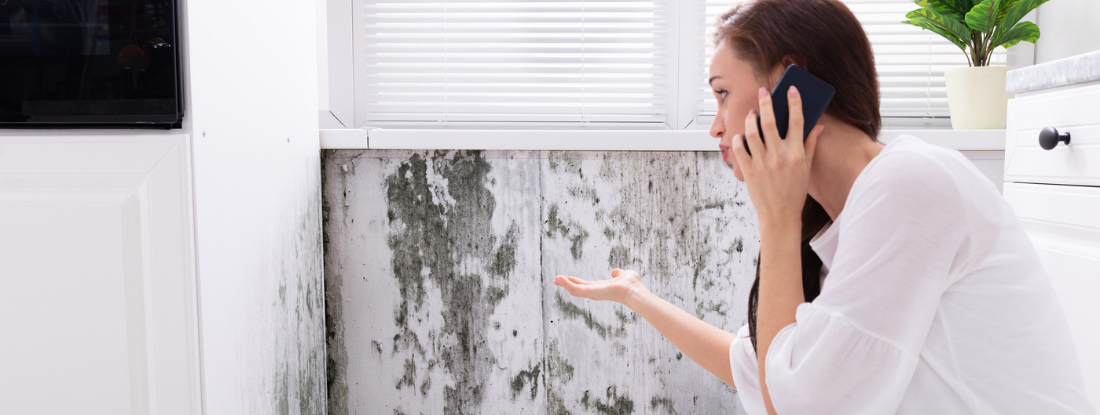Crafting a Comprehensive Post Mold Remediation Report
Crafting a Comprehensive Post Mold Remediation Report
Blog Article
Your Ultimate Overview to Article Mold Remediation Strategies
Navigating the realm of post-mold removal techniques is a meticulous process that requires focus to information and a detailed understanding of the complexities included. In the consequences of mold infestation, recognizing how to effectively eradicate the mold and prevent its reoccurrence is critical for maintaining a healthy and balanced interior atmosphere. From selecting the ideal cleansing and sanitizing methods to applying techniques for long-lasting mold and mildew prevention, each action in the remediation journey plays an important function in ensuring an effective outcome. As we start this exploration of post-mold remediation techniques, we will uncover the crucial approaches and finest methods that can aid you recover your space to its pre-mold problem and guard it versus future mold threats.
Recognizing Post-Mold Remediation Refine
After finishing the mold and mildew removal procedure, it is vital to comprehend the post-mold remediation strategies that are required to make certain a complete and efficient cleaning. When the mold and mildew has been gotten rid of, the following step involves cleansing and disinfecting the impacted locations to avoid any kind of regrowth of mold. This consists of making use of specialized cleansing agents to wipe down surfaces and kill any remaining mold spores. It is important to dry the area completely to inhibit the growth of mold and mildew in the future (testing air quality after mold remediation). Correct air flow and dehumidification can aid in this process.
Furthermore, conducting a last inspection post-remediation is vital to make sure that all mold has been effectively eliminated. If the assessment exposes any lingering mold and mildew, added remediation might be needed.
Efficient Cleansing and Decontaminating Techniques

Preventing Future Mold And Mildew Development

Significance of Proper Ventilation
Proper ventilation plays a vital role in stopping dampness accumulation, an essential factor in mold growth within indoor environments. Efficient air flow systems assist eliminate excess humidity from the air, decreasing the opportunities of mold and mildew spores discovering the dampness they need to germinate and spread. Without ample air flow, indoor rooms can become a breeding place for mold, bring about potential health risks and structural damage.
By ensuring correct air circulation, air flow systems can also help in drying out moist areas a lot more promptly after water damages or flooding incidents, better discouraging mold growth. Post Mold Remediation Report. Precede like bathrooms, attics, basements, and cooking areas where dampness degrees tend to be greater, installing and maintaining efficient ventilation systems is essential in preventing mold infestations

Tracking and Upkeep Tips
Given the critical role that appropriate ventilation plays in stopping mold and mildew development, it is vital to establish effective surveillance and upkeep suggestions to ensure the continued functionality of ventilation systems. Regular assessments of air flow systems ought to be performed to inspect for any type of indicators of blockages, leaks, or breakdowns that might impede correct air movement. Monitoring moisture degrees within the building is also critical, as high moisture can add to mold development. Mounting a hygrometer can help track humidity degrees and sharp house he has a good point owners to any kind of spikes that may require attention. Furthermore, guaranteeing that air filters are regularly cleaned up or replaced is important for preserving the efficiency of the ventilation system. Applying a routine for routine upkeep jobs, such as duct cleaning and a/c system inspections, can help avoid problems prior to they rise. By staying attentive and positive to the problem of air flow systems, homeowner can effectively reduce the risk of mold regrowth and keep a healthy interior atmosphere.
Conclusion
To conclude, post-mold removal strategies are necessary for guaranteeing a secure and tidy atmosphere. Recognizing the process, carrying out efficient cleaning and sanitizing approaches, preventing future mold development, preserving appropriate air flow, and regular monitoring are all crucial action in the removal procedure. By complying with these standards, you can effectively get rid of mold and mildew and prevent its return, working or advertising a healthy living room for all owners.
In the consequences of mold invasion, knowing exactly how to successfully remove the mold and prevent its reoccurrence is extremely important for maintaining a healthy and balanced indoor environment. As soon as the mold has been eliminated, the next step entails cleansing and sanitizing the influenced locations to protect against any kind of regrowth of mold - Post Mold Remediation. After getting rid of noticeable mold and mildew development, it is vital to cleanse all surfaces in the afflicted location to get rid of any type of staying mold spores. To even more enhance mold and mildew avoidance procedures, it is important to resolve underlying concerns that initially led to mold and mildew growth.Provided the vital duty that correct air flow plays in stopping mold development, it is necessary to develop efficient monitoring and maintenance suggestions to ensure the ongoing performance of air flow systems
Report this page